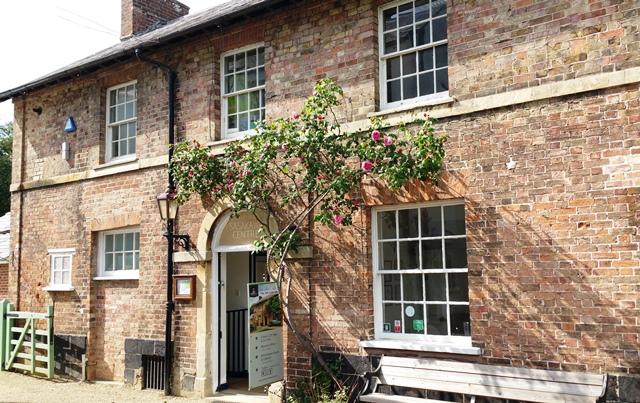Dr Jenners House
Home of a Country Doctor
From Gloucestershire in the 1790s to Somalia in the 1970s, Dr Jenner’s House, Museum and Garden traces the impact of one of the pivotal events in world history, in the place where it happened. This is the house where Edward Jenner, pioneer of vaccination against smallpox, lived and told the world about his work. Less than 200 years later, smallpox had been eradicated, with countless lives saved in the process.
DR EDWARD JENNER 1749-1823
Edward Jenner is remembered today as the pioneer of the smallpox vaccination and the father of the science of Immunology.
Smallpox was the most feared and greatest killer of Jenner's time. In today's terms it was as deadly as cancer or heart disease. It killed 10% of the population, rising to 20% in towns and cities where infection spread easily. Among children, it accounted for one in three of all deaths. Jenner called it the
Speckled Monster.
From the early days of his career, Edward Jenner had been intrigued by country-lore which said that people who caught cowpox from their cows could not catch smallpox. Jenner observed this in his local area. These observations led him to investigate and experiment using cowpox as a means to prevent catching smallpox.
Jenner published many case studies to ensure the whole world knew what he had discovered. The research finally led to the naming of this groundbreaking process as 'vaccination'. The name of the process was fittingly taken from Jenner's research as the word vacca means 'cow' in Latin.




